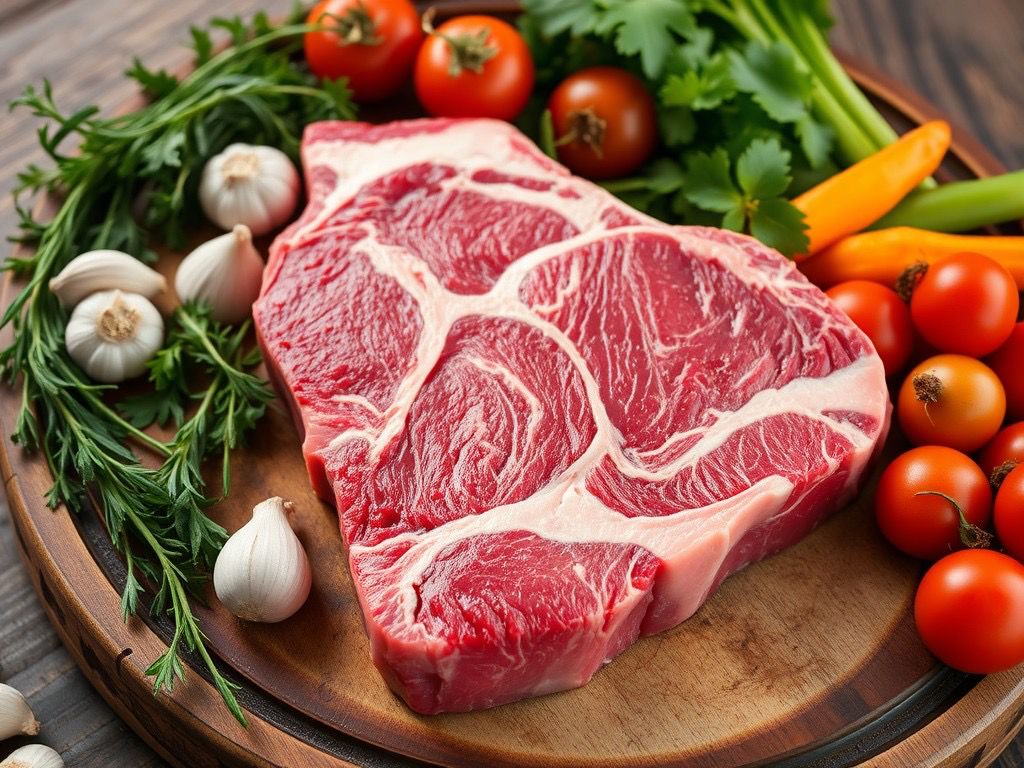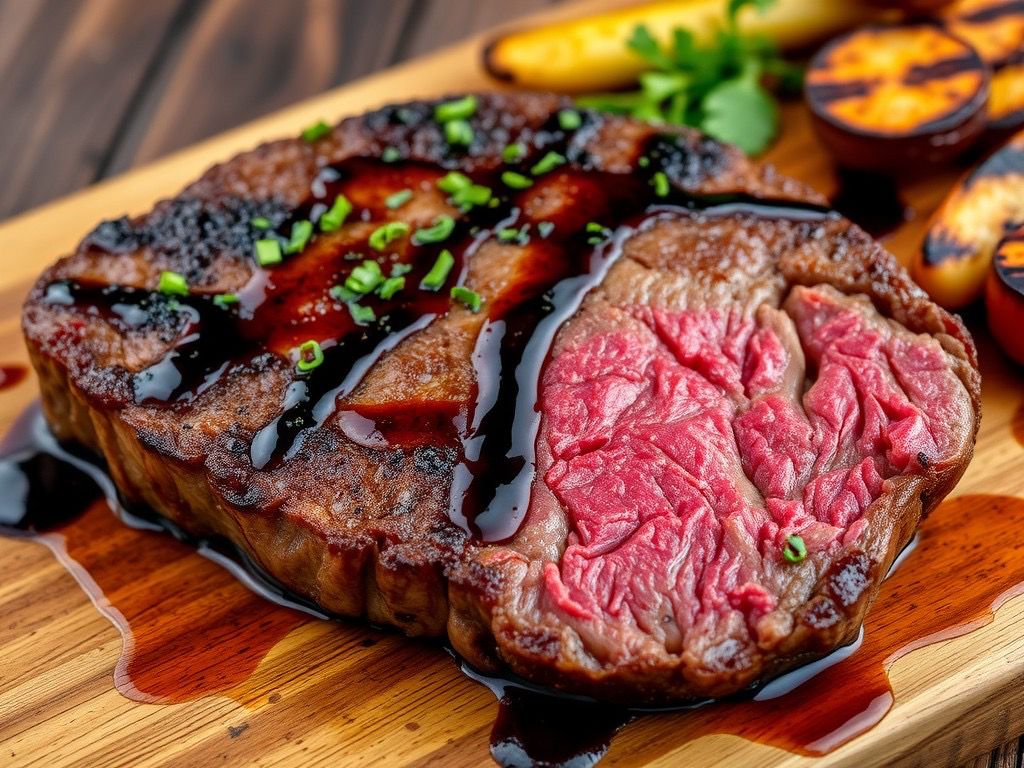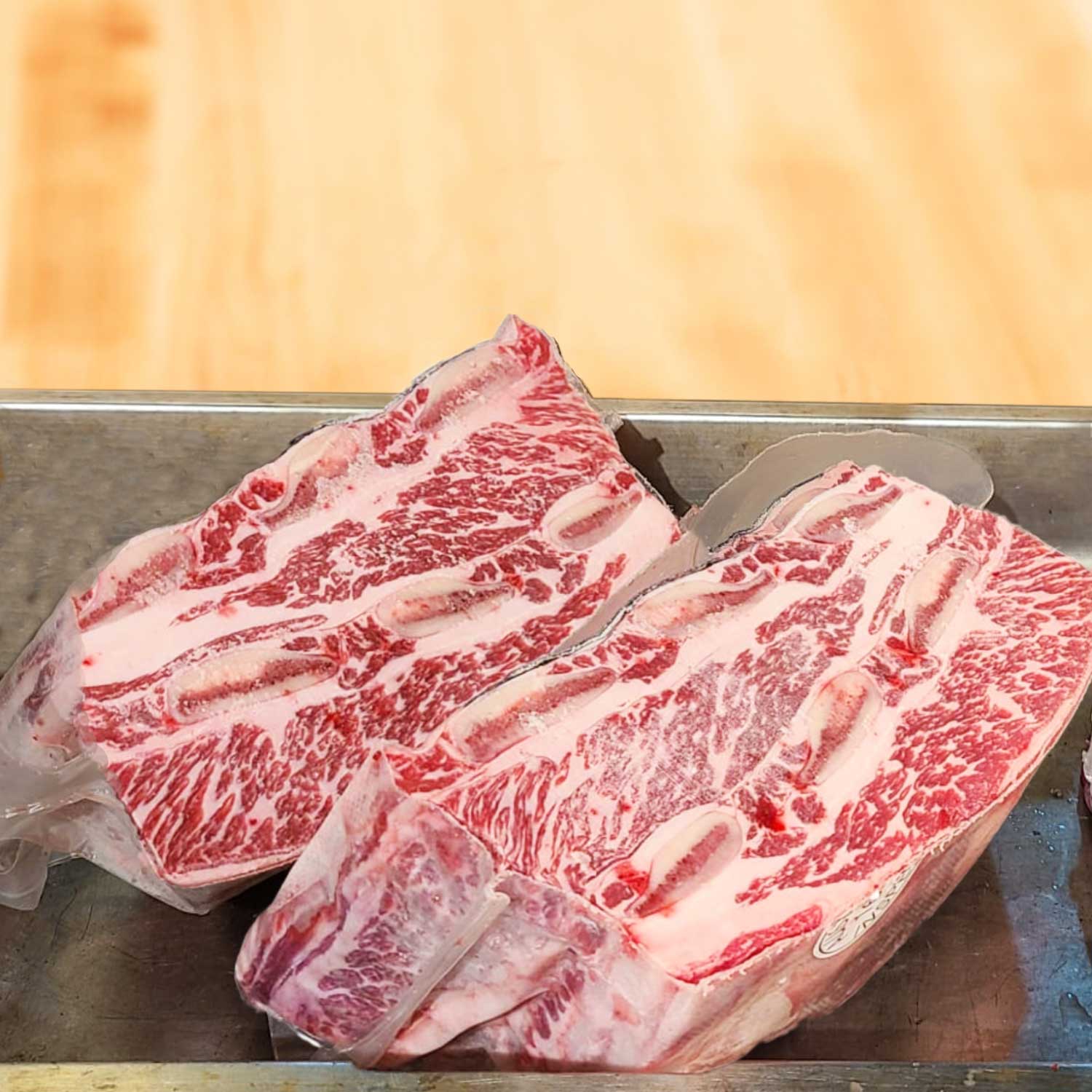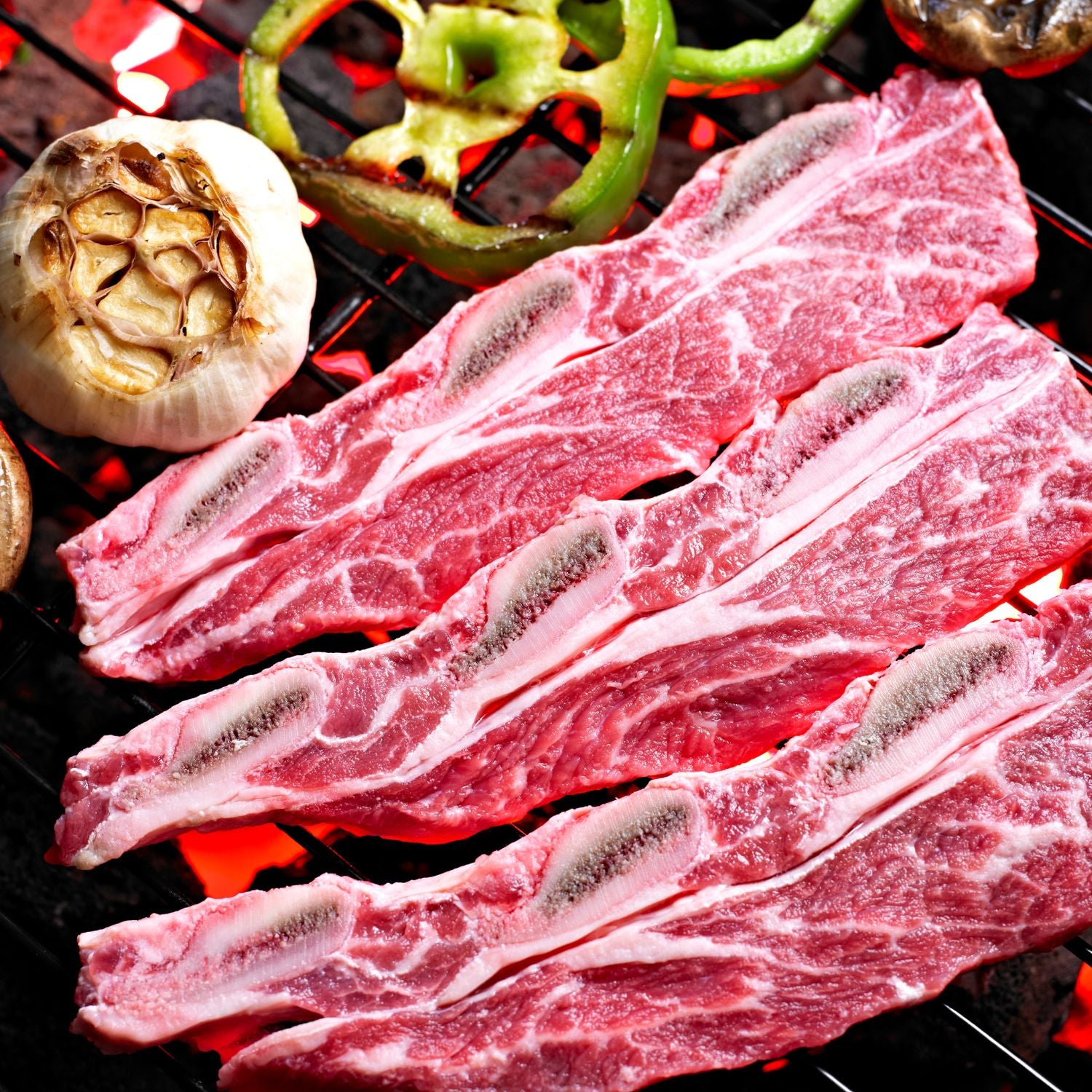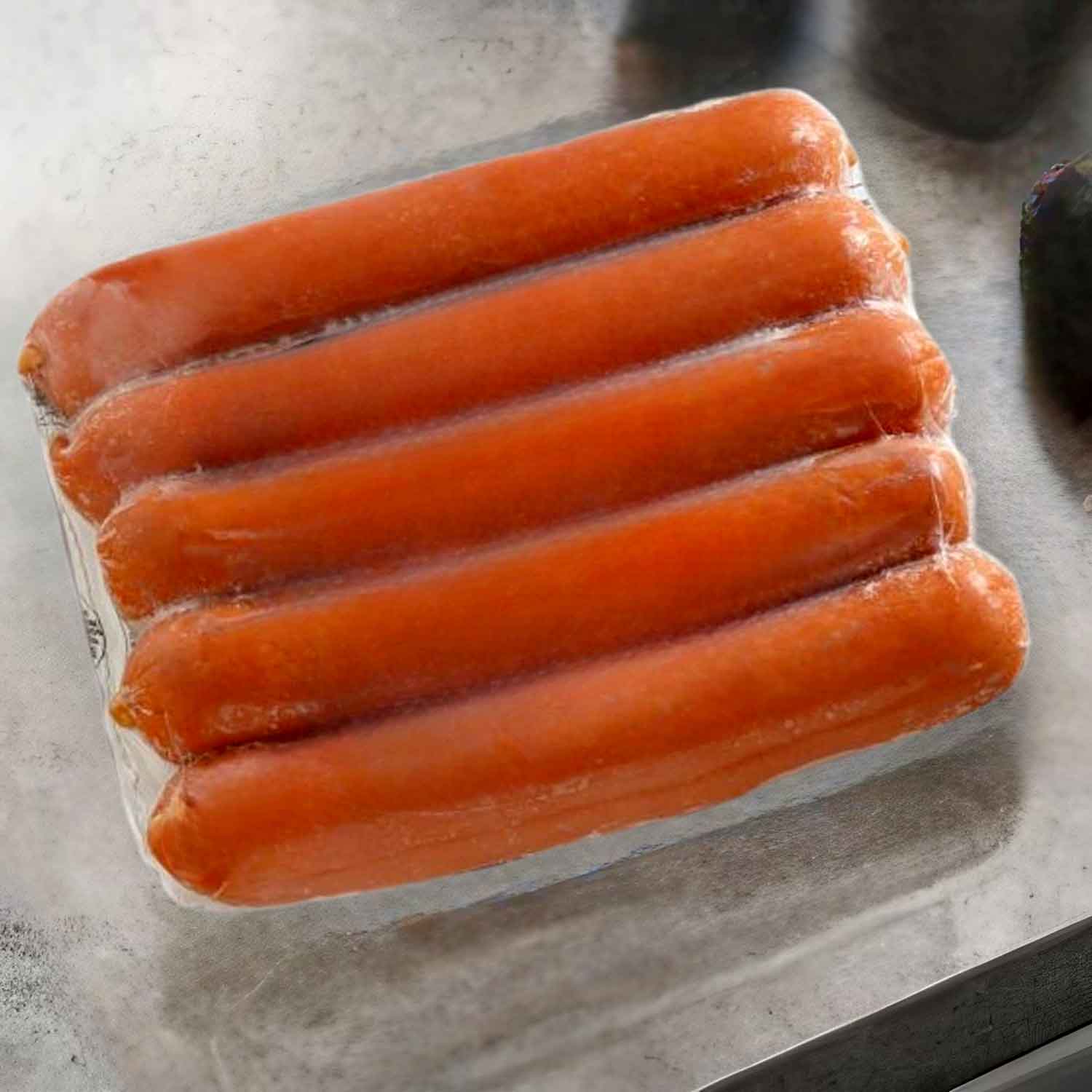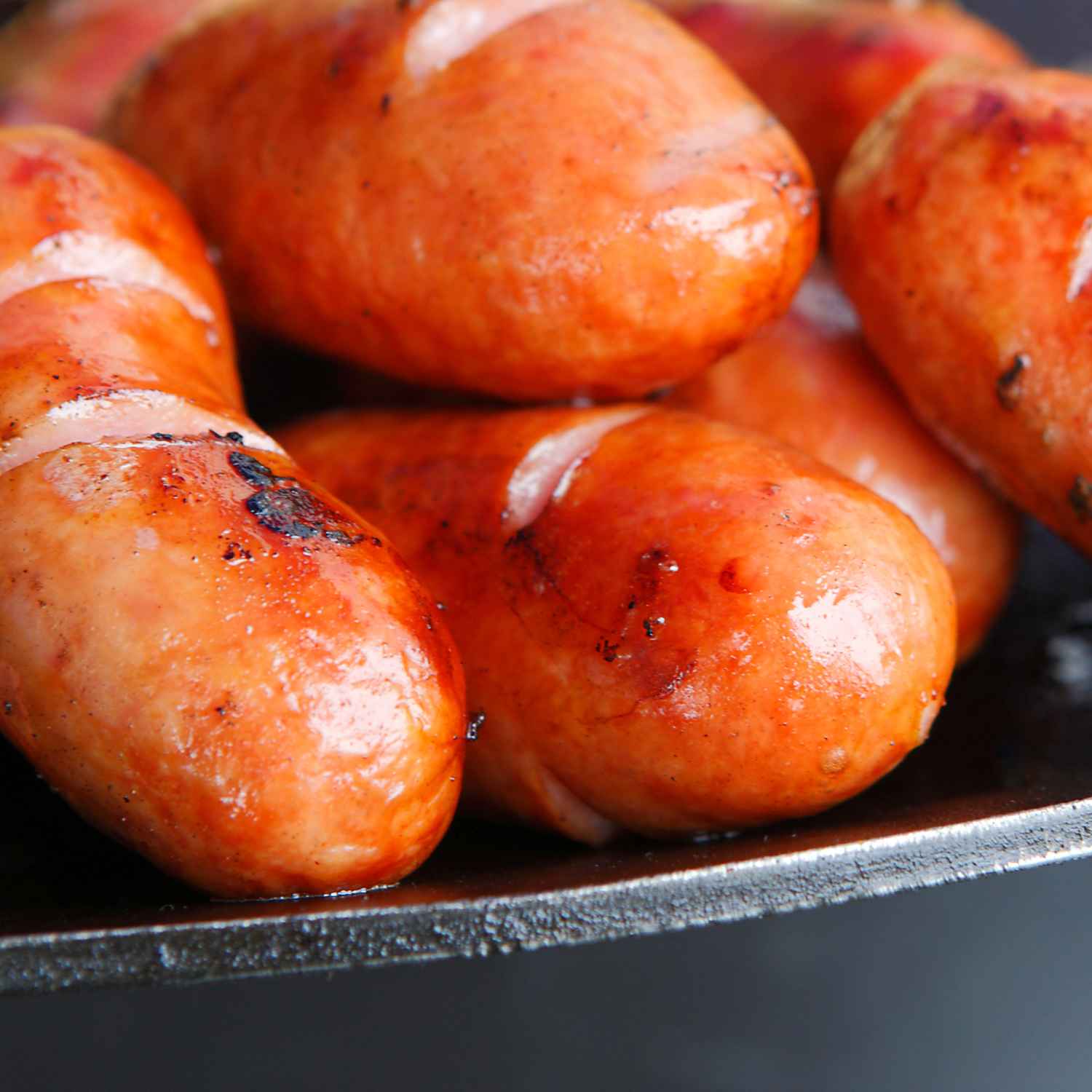Understanding Wagyu: The Crown Jewel of Meat
What is Wagyu Beef?
Wagyu beef is a high-end meat known for its marbling and taste. It comes from four main breeds in Japan. These cattle are raised with special diets and care. This makes their meat tender and full of rich flavors. In Hong Kong, Wagyu is seen as a luxury item on menus. Chefs value it for its quality and versatility in cooking. It is often served in fine dining spots and is costly due to its unique traits.

The History and Origin of Wagyu
Wagyu beef has an ancient and prestigious history. It comes from certain breeds of cattle in Japan. These breeds are known for their intense marbling and high quality. For centuries, Wagyu cattle have been bred for their unique characteristics. They were first used in agriculture, pulling carts and plows. Their fat composition provided the energy needed for this work. Over time, farmers noted the exceptional taste and texture of Wagyu beef. This led to its status as a luxury item in cuisine. Today, Wagyu is prized worldwide for its succulence and flavor profile.
The Unique Cooking Techniques for Wagyu
Wagyu beef, known for its rich marbling, requires special cooking methods. Here's a simple guide:
- Start with a hot pan or grill to sear the surface. This locks in juices.
- Cook on medium heat to maintain tenderness. Avoid high heat that can toughen the meat.
- Flip the steak gently, just once. This ensures even cooking and keeps the juices steady.
- Let the steak rest after cooking for a few minutes. It helps to distribute the juices.
- Season lightly before cooking. The beef’s flavor should stand out.
- Use minimal oil due to Wagyu's natural fats.
By following these steps, you’ll savor the best that Wagyu has to offer.
The Art of Dry-Aging: Enhancing Flavor and Texture
What is Dry-Aging?
Dry-aging is a meat process that develops richer flavors. Beef is stored at specific temperature and humidity. Over time, this process intensifies taste and softens texture. It allows natural enzymes to break down muscle fibers. This makes dry-aged steaks prized for their quality.
Benefits of Dry-Aging Beef
Dry-aging beef has unique benefits. First, moisture loss concentrates flavor. This makes steaks richer. Second, natural enzymes break down fibers. This process tenderizes meat, creating a better texture. The resulting beef has a distinct, nutty taste. This taste can't be found in standard, non-aged meat. For steak lovers in Hong Kong, the value is clear. Dry-aged beef stands out for its quality and taste. It's why top chefs often prefer it.
How Long Does it Take to Dry-Age a Steak?
Dry-ageing a steak is a delicate process. It can take from several days to several weeks. The time depends on the desired flavor and tenderness. Most butchers dry-age beef for 21 to 28 days. But, some high-end steakhouses may age beef up to 120 days for a unique taste. During this time, enzymes break down the meat's fibers. This process results in a more tender and flavorful steak. The longer the age, the more intense the flavor. Yet, too long can lead to an overly strong or gamey taste. For home cooks, dry-aging can be difficult to do properly. It requires controlled temperature and humidity. It's usually best to buy dry-aged steaks from trusted suppliers. In Hong Kong, gourmet shops and some butchers offer a selection of dry-aged beef.
Grass-Fed vs. Grain-Fed Beef: A Comparative Look
The Difference in Diet and Nutrition
Grass-fed and grain-fed cattle have distinct diets, impacting the beef they produce. Grass-fed cows graze on natural pastures, consuming a diet that closely mirrors what they would eat in the wild. This results in beef that's often leaner with a higher concentration of certain nutrients like omega-3 fatty acids. In contrast, grain-fed cattle are typically raised on corn and soy, leading to a fattier beef with a different nutritional profile. The type of feed not only affects the nutritional content but also influences the beef's flavor and overall health benefits.
Grass-Fed vs. Grain-Fed: Taste and Texture Comparisons
Grass-fed beef often has a distinct, earthy flavor. The taste can be bolder and gamey compared to grain-fed beef. The texture is usually firmer with less marbling. In contrast, grain-fed beef typically has a milder taste. It's known for being juicier and tender due to more fat. This can lead to a buttery texture and richer flavor profile. The choice between grass-fed and grain-fed can alter the dining experience.
How Grass-Fed and Grain-Fed Beef Impact the Environment
The diets of cattle affect our planet. Grass-fed beef may help the environment. It can reduce carbon footprints. Grass lands absorb CO2 and improve soil health. Grain-fed operations often need more resources. They can lead to more greenhouse gases. Both types impact land use and water supply. Choosing grass-fed could support eco-friendly farming. Yet, it's complex. Local factors change the environment effects. It's important to understand these impacts.














